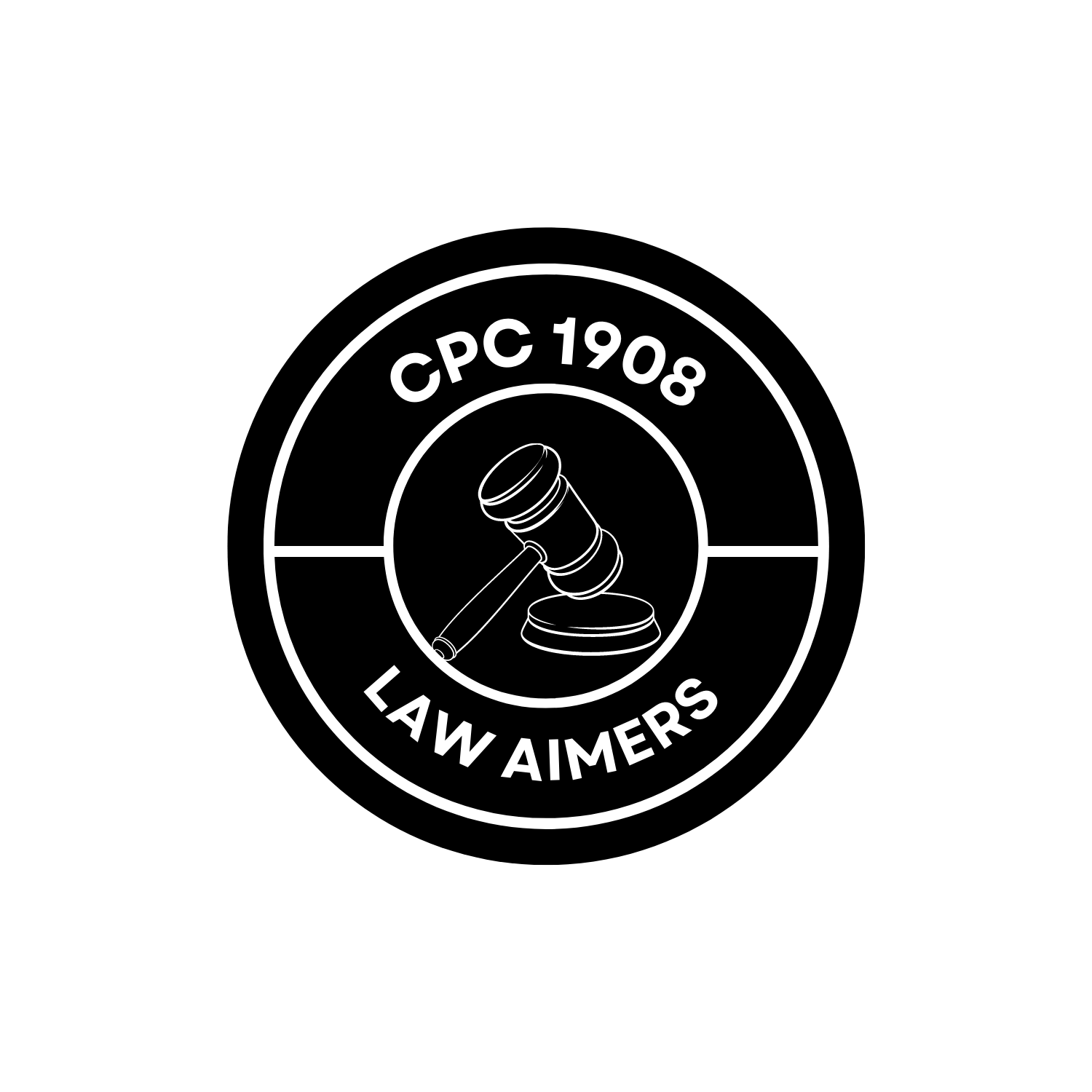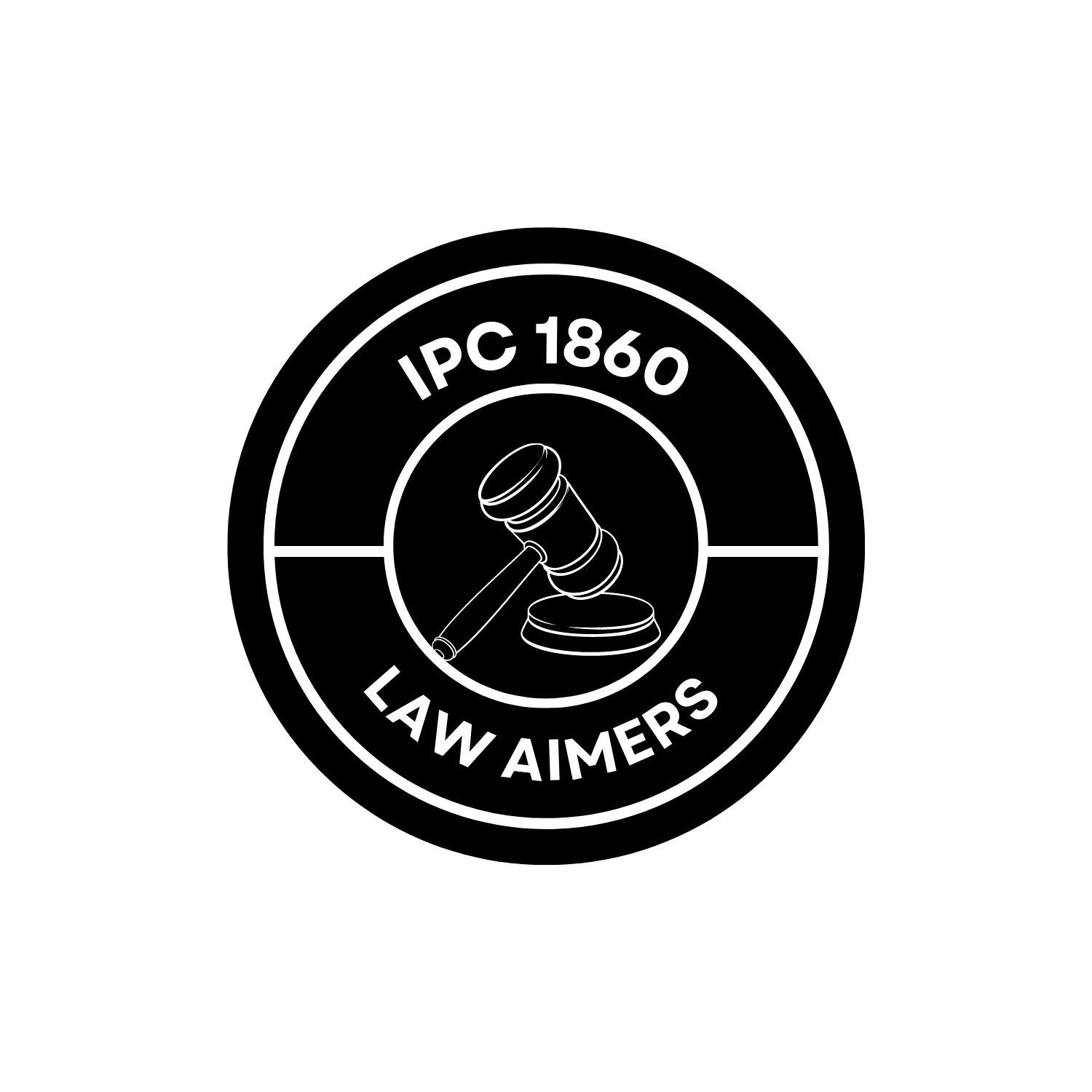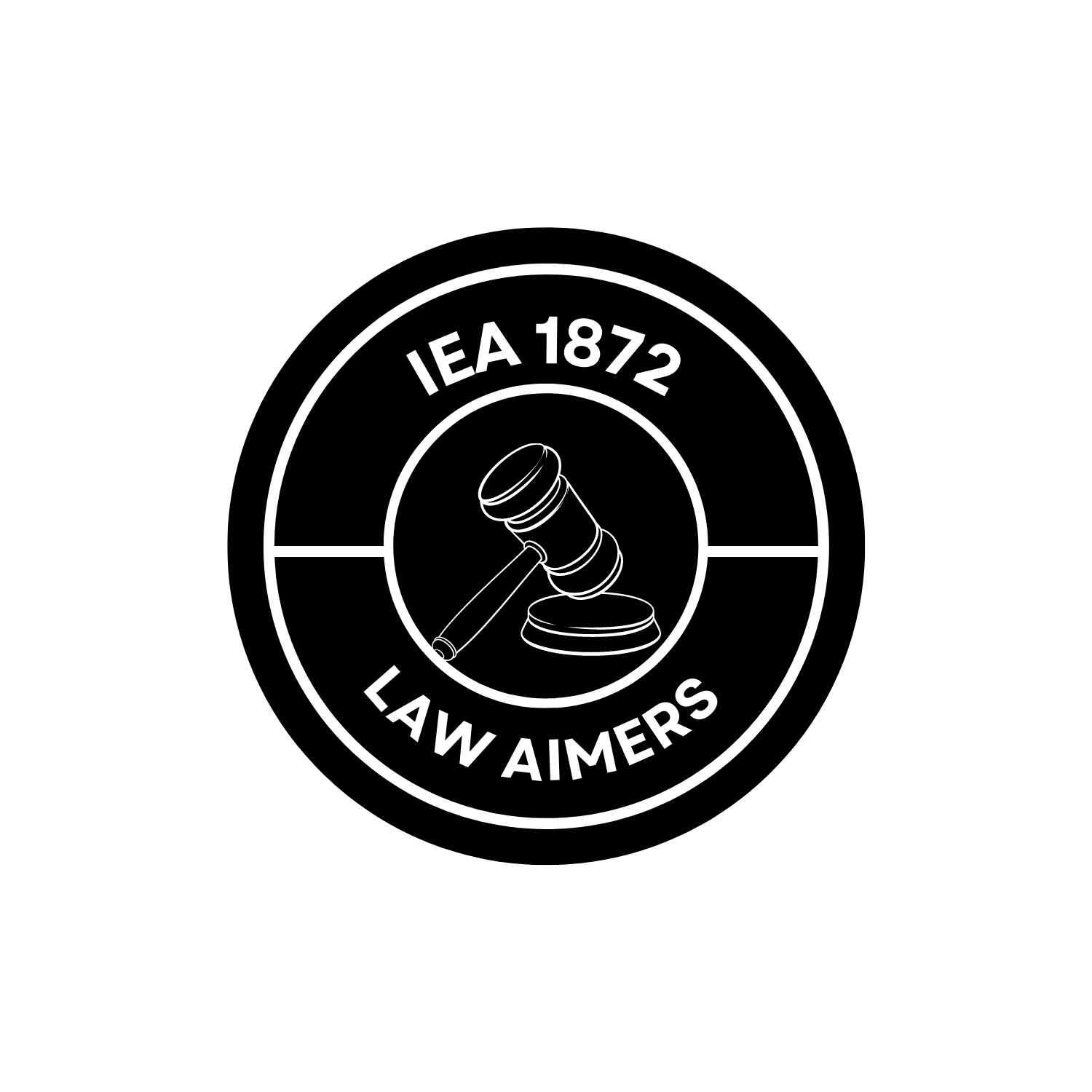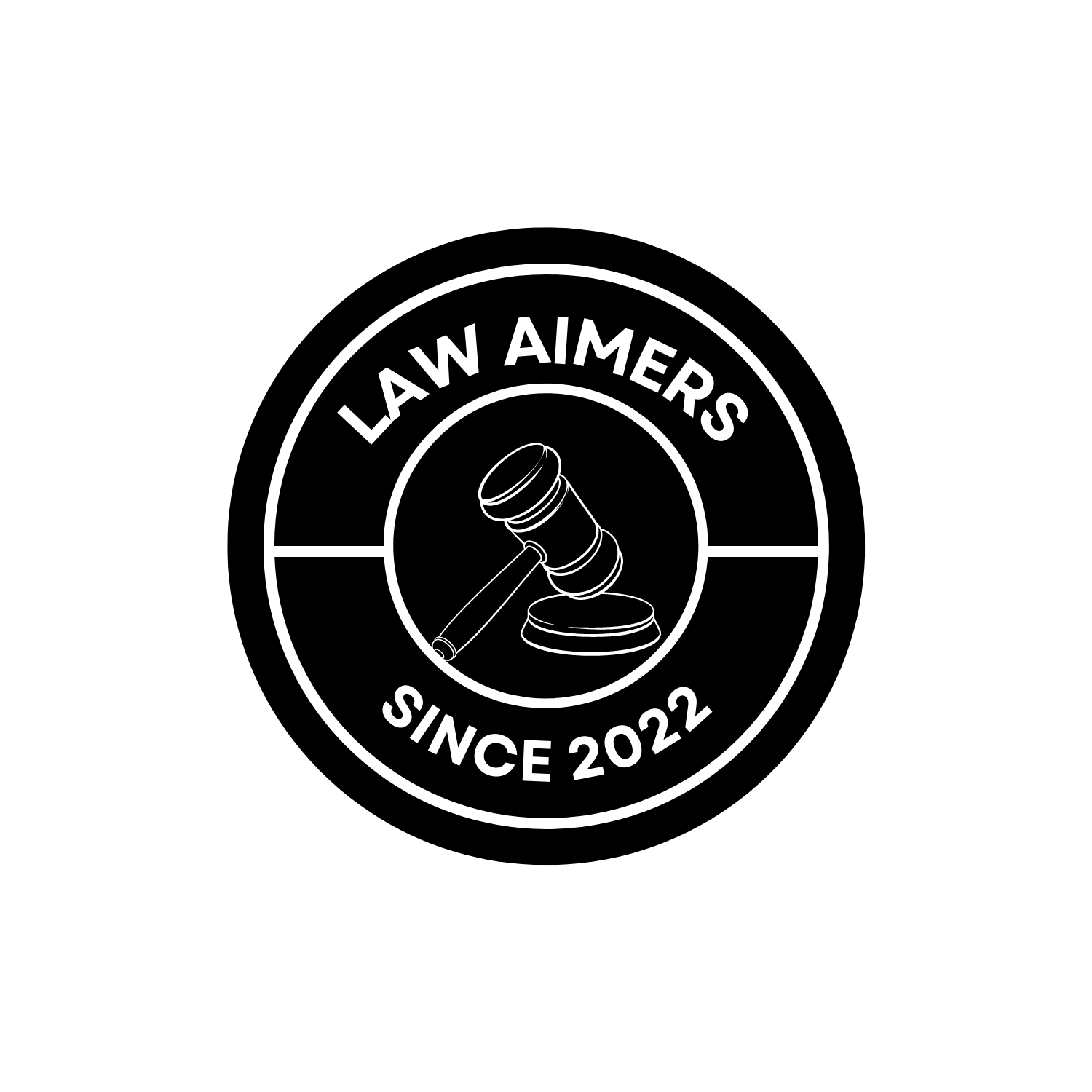1. Withdrawal of suit or abandonment of part of claim.—(1) At any time after the institution of a suit, the plaintiff may as against all or any of the defendants abandon his suit or abandon a part of his claim:
Provided that where the plaintiff is a minor or other person to whom the provisions contained in rules 1 to 14 of Order XXXII extend, neither the suit nor any part of the claim shall be abandoned without the leave of the Court.
(2) An application for leave under the proviso to sub-rule (1) shall be accompanied by an affidavit of the next friend and also, if the minor or such other person is represented by a pleader, by a certificate of the pleader to the effect that the abandonment proposed is, in his opinion, for the benefit of the minor or such other person.
(3) Where the Court is satisfied,—
(a) that a suit must fail by reason of some formal defect, or
(b) that there are sufficient grounds for allowing the plaintiff to institute a fresh suit for the subject matter of suit or part of a claim,
it may, on such terms as it thinks fit, grant the plaintiff permission to withdraw from such suit or such part of the claim with liberty to institute a fresh suit in respect of the subject-matter of such suit or such part of the claim.
(4) Where the plaintiff—
(a) abandons any suit or part of claim under sub-rule (1), or
(b) withdraws from a suit or part of a claim without the permission referred to in sub-rule (3), he shall be liable for such costs as the Court may award and shall be precluded from instituting any fresh suit in respect of such subject-matter or such part of the claim.
(5) Nothing in this rule shall be deemed to authorise the Court to permit one of several plaintiffs to abandon a suit or part of a claim under sub-rule (1), or to withdraw, under sub-rule (3), any suit or part of a claim, without the consent of the other plaintiff.
1A.When transposition of defendants as plaintiffs may be permitted.—Where a suit is withdrawn or abandoned by a plaintiff under rule 1, and a defendant applies to be transposed as a plaintiff under rule 10 of Order I the Court shall, in considering such application, have due regard to the question whether the applicant has a substantial question to be decided as against any of the other defendants.
2. Limitation law not affected by first suit.—In any fresh suit instituted on permission granted under the last preceding rule, the plaintiff shall be bound by the law of limitation in the same manner as if the first suit had not been instituted.
3. Compromise of suit.—Where it is proved to the satisfaction of the Court that a suit has been adjusted wholly or in part by any lawful agreement or compromise in writing and signed by the parties or where the defendant satisfied the plaintiff in respect to the whole or any part of the subject-matter of the suit, the Court shall order such agreement, compromise or satisfaction to be recorded, and shall pass a decree in accordance therewith so far as it relates to the parties to the suit, whether or not the subject- matter of the agreement, compromise or satisfaction is the same as the subject-matter of the suit:
Provided that where it is alleged by one party and denied by the other that an adjustment or satisfaction has been arrived at, the Court shall decide the question; but no adjournment shall be granted for the purpose of deciding the question, unless the Court, for reasons to be recorded, thinks fit to grant such adjournment.
Explanation.—An agreement or compromise which is void or voidable under the Indian Contract Act, 1872 (9 of 1872), shall not be deemed to be lawful within the meaning of this rule.
3A. Bar to suit.—No suit shall lie to set aside a decree on the ground that the compromise on which the decree is based was not lawful.
3B. No agreement or compromise to be entered in a representative suit without leave of Court.—(1) No agreement or compromise in a representative suit shall be entered into without the leave of the Court expressly recorded in the proceedings; and any such agreement or compromise entered into without the leave of the Court so recorded shall be void.
(2) Before granting such leave, the Court shall give notice in such manner as it may think fit to such person is as may appear to it to be interested in the suit.
Explanation.—In this rule, “representative suit” means,—
(a) a suit under Section 91 or section 92,
(b) a suit under rule 8 of Order I,
(c) a suit in which the manager of an undivided Hindu family sues or is sued as representing the other members of the family,
(d) any other suit in which the decree passed may, by virtue of the provisions of this Code or of any other law for the time being in force, bind any person who is not named as party to the suit.
4. Proceedings in execution of decrees not affected.—Nothing in this Order shall apply to any proceedings in execution of a decree or order.





